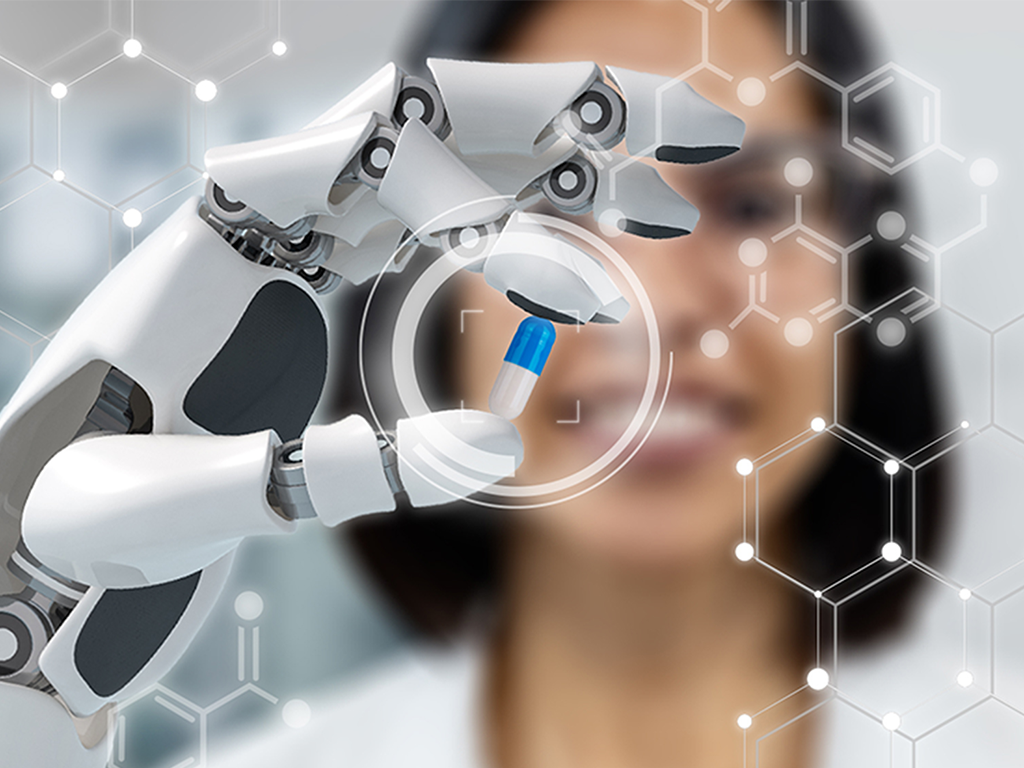New crystallization simulator is first to combine well-established models with next generation of AI

Texas A&M Engineering
Dr. Joseph Sang-Il Kwon, College of Engineering, has developed a crystallization simulator named CrystalGPT that could enhance the manufacturing process for drugs. CrystalGPT is the first model that combines well-established physics models and reactor models with a next-gen AI model for a novel approach.
When he first started using GPTs, Kwon noticed that (despite their popularity) hardly any applications in the chemical engineering space existed. “This realization triggered a month-long brainstorming session that resulted in different ways to build upon existing transformer models for chemical engineering applications,” Kwon said.
CrystalGPT and the hybrid crystallization model that integrates with CrystalGPT allow high-accuracy prediction of key process variables in the industrial crystallization process.
“Since CrystalGPT can function as a highly accurate and speedy prediction tool, it can highly expedite the process of simulating a manufacturing process,” Kwon said. “All of these activities result in heavy cost-savings for the drug development process.”
Improved drug manufacturing will mean cheaper production costs while still adhering to the high standards for quality set by the U.S. Food and Drug Administration.
“Given that currently in the U.S. there is a general concern for the increasing cost of life-saving and basic over-the-counter drugs, increased scale and efficiency in the drug manufacturing process will help in reducing the costs and increasing the quality of these drugs,” Kwon said.
A key factor for better drugs is precise control of the specifications, such as crystal size and shape. These specifications can be improved using CrystalGPT by looking at the dominance of the efficacy, side effects, and potency of the drug.
“CrystalGPT is the first such model that modifies the large language models to include a ‘time’ component to predict complex reactor dynamics,” Kwon said. “The inclusion of temporal dynamics within a transformer model has been performed by only a handful of researchers in this field, and this will be a pivotal development going forward.”
Kwon has developed an AI-enabled hybrid model that can estimate the hidden process kinetics of any given crystal system. Implementation of Crystal GPT could increase the economic competitiveness of U.S. industries and boost the welfare of the public.

